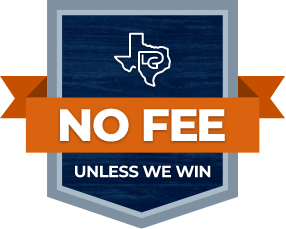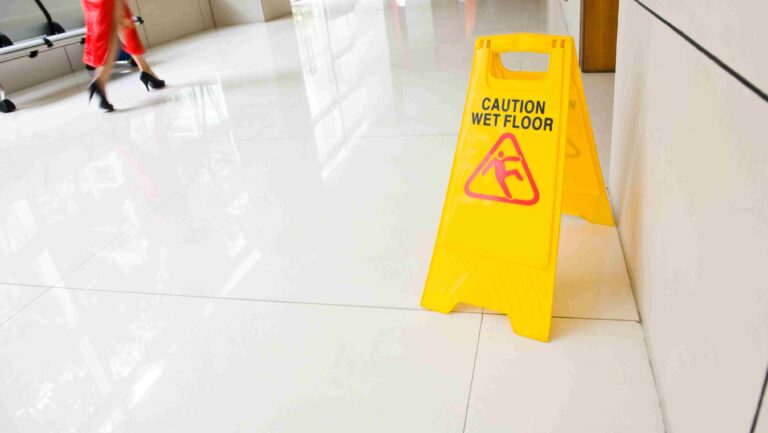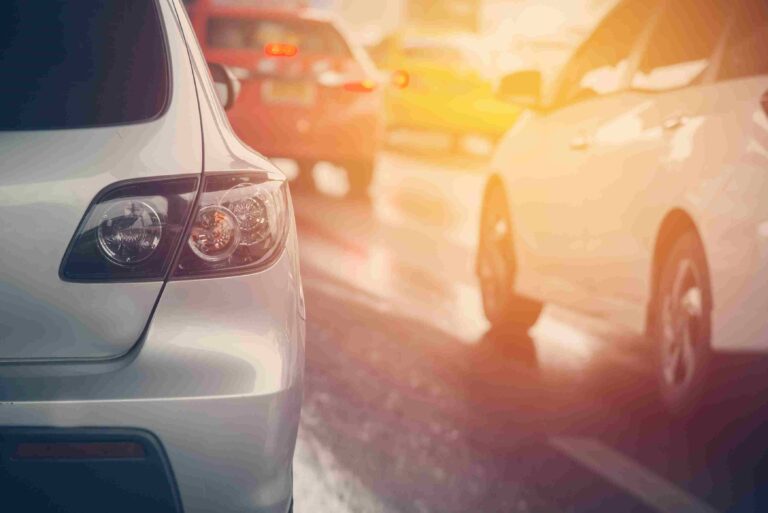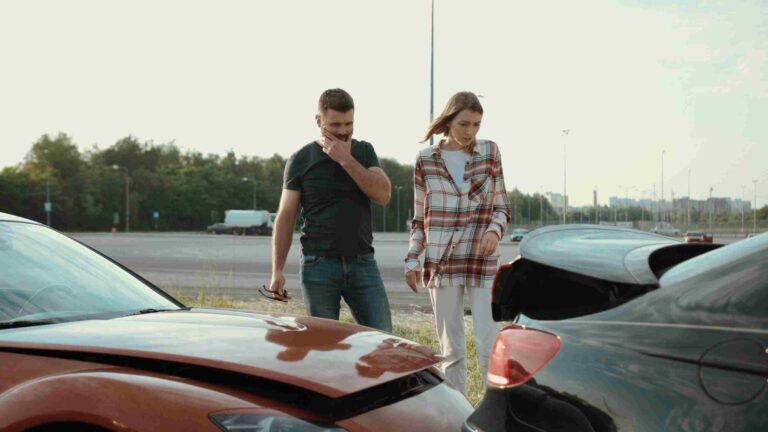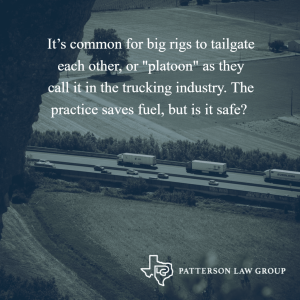
It’s common for big rigs to tailgate each other, or “platoon” as they call it in the trucking industry. The practice saves fuel, but is it safe? The answer to that is up for debate. But, the legalities of it are not. In many states, platooning is illegal. Other states allow the practice if it’s done safely and if the 2 trucks are not in dangerous proximity.
Several states including Texas are in the process of researching safe ways for trucks to platoon and save fuel costs with the aid of technology. The research being conducted includes that from states comprising the I-10 Connected Freight Corridor Coalition, a collective of transportation officials from Texas, California, Arizona and New Mexico – states that have working relationships when it comes to interstate truck transport.
Safety Concerns Surrounding Platooning
Supply chain issues are making it more difficult and expensive for consumers to get the most essential products. Therefore, we appreciate the efforts of companies in the trucking industry to coordinate their services with techniques like platooning. This strategy can reduce fuel costs and increase the efficiency of deliveries. Yet the industry needs to strike a balance between safety and efficiency to prevent spiraling liability issues that outweigh these benefits.
Every motorist who has encountered a line of platooning semi-tractor trailers on a Texas highway will have an implicit appreciation of the safety issues surrounding this practice. Those issues include:
• Deciding to drive slowly behind a truck platoon if you are approaching your exit or speed up to pass them to get to your exit before they do.
• Risky attempts to merge into a line of trucks electronically coordinating their truck-to-truck distances.
• Sudden maneuvers by one or more trucks in a platoon may require other motorists to take evasive action to avoid a collision.
• An inability to merge safely onto a highway when a platoon of semis is blocking an entrance lane.
Practices like platooning do not remove a truck driver’s obligation to follow federal and state safety regulations and other rules of the road that keep other drivers safe. In any negligence and accident lawsuit involving a big rig, a knowledgeable and experienced Texas truck accident lawyer will analyze the truck driver’s compliance with those regulations. They will also investigate if the truck was part of a platoon and the driver’s experience in driving as part of one. In addition, it’s essential to examine electronic communication and other technology that the platoon of trucks might have been using to coordinate their line. Safety violations or failures by the truck or its driver on any front will be a clear marker of liability. This can lead to the recovery of substantial compensation from an at-fault driver and the company that hired or contracted them.
Platooning to Save on Fuel Costs
Truckers and trucking companies have figured out that they can save fuel costs by “slipstreaming.” This is when 2 trucks pair up closely on the road so that air flow is smoother and there’s less drag. The benefit for the truck in the back, or slipstream, of a paired-up tractor-trailer includes a fuel savings of up to 10 percent. For the front partner in a slipstream relationship, fuel savings is about 5 percent.
Since diesel fuel typically comes to about 20 percent of a trucking company’s operating costs, into the billions industry wide, this practice is an attractive one.
The Legalities of Tractor-Trailer Platooning
“Following too close” statutes are on the driving books in many states. These regulations impact platooning directly, and some states outright ban the practice. Other states hold truckers exempt from following-too-close rules so that the companies can be test subjects on the safety of platooning.
The research being conducted on platooning in several states involves discovery into whether or not two digitally connected trucks following each other closely can be safe. When electronically linked, the trucks break and accelerate together. They even bypass other drivers together. Included in the studies from the I-10 Connected Freight Corridor Coalition is a report written in conjunction with the Texas A&M Institute of Transportation. The findings will be released shortly. Hopefully, the “Concept of Operations” paper will shed some light on the true safety of platooning.
If you’ve been involved in a truck accident, whether you suspect platooning was the cause of the crash or not, contact Patterson Law Group. Fill out the form on the bottom of this page and one of our attorneys will be in touch to see how we might help.


